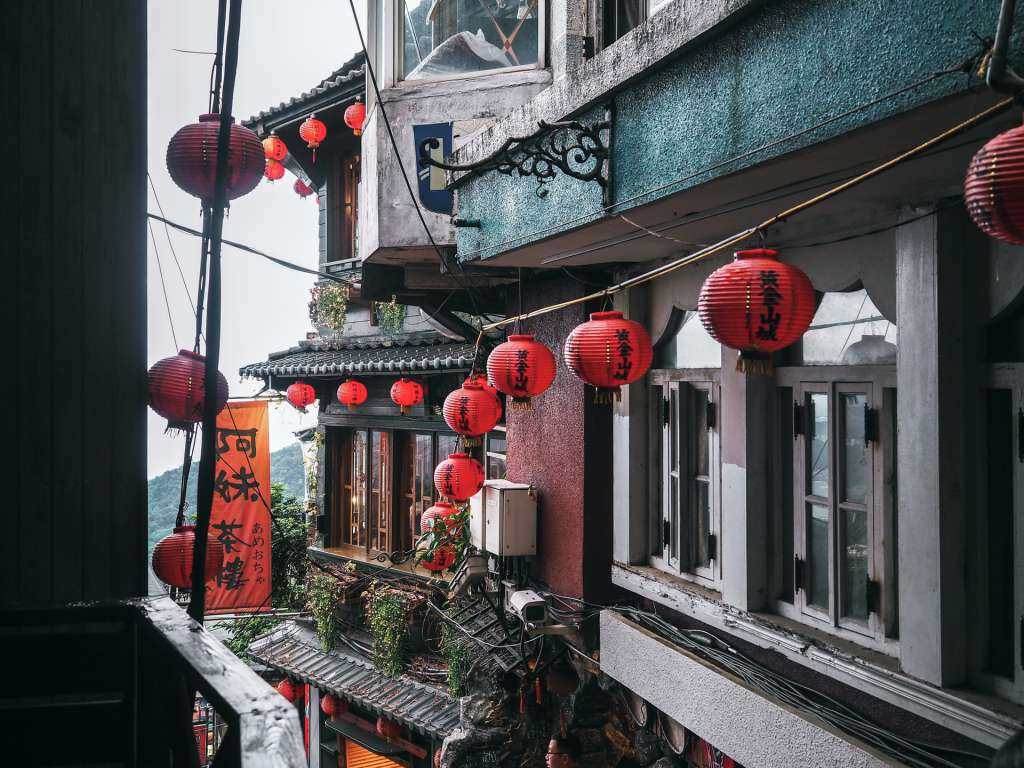Sadly this year’s lantern festival in Hong Kong will be very subdued, with the arrival of Omicron in the city. But while people are unlikely to be parading in the streets with their children holding lights, there are red lamps on show in shops and homes, and the traditions are still remembered, reports Aleesha Naqvi
ALTHOUGH COVID INFECTIONS are rising, and much of the focus is on the numbers of hospital beds available in Hong Kong, we can still celebrate with those close to us.
Also called Yuan Xiao, Shang Yuan Festival or Yuen Siu Festival in Hong Kong, the Lantern Festival is celebrated on the first full moon of the Lunar New Year and promotes reconciliation, peace, and forgiveness. To celebrate, hang up lanterns and eat tang yuan.
Lanterns are not only pretty paper decorations. They represent vitality, social status, and good luck. They were and still are, used as aspects of worship for many religious people. When releasing lanterns at the lantern festival, you are letting go of the past year and welcoming the new one. A popular saying to write on your lantern is 心想事成 (xīn xiǎng shì chéng), may all your wishes come true.

Tang Yuan are sticky rice balls made of glutinous rice flour that symbolise togetherness with loved ones. Tang yuan is pronounced “tuan yuan” (团圆 /twan-ywen/) which means “group round”, representing the concepts of reunion and completeness.
Where did the ancient tradition of the Lantern Festival come from?
Different historians have multiple theories, but many believe that the tradition of releasing lanterns on the 15th day of the Lunar New Year dates back to the Han Dynasty (206 BCE – 220 CE) when Buddhist monks would release lanterns to honour the Buddha.
Another legend points to a trick that was played on the Jade Emperor, a deity in ancient China.
Legend has it that the Jade Emperor’s favourite crane, a bird considered magical and divine, was accidentally killed by some villagers.
Furious, the Emperor decided to send his troops down from heaven to burn the village to the ground.
But the Jade Emperor’s daughter, hearing of her father’s plan, warned the villagers that their town would be destroyed.
When the 15th and last day of the New Year festival was about to dawn, an elder of the village told the villagers to light red lanterns, giving the appearance from above that the village was already on fire.
In the darkness, the deity’s magical troops looked down from the sky and saw the village awash in red light. They thought the job had already been done — perhaps the villagers had set their buildings on fire themselves, or someone else had done the job? They abandoned their mission,
Since then, the legend goes, red lanterns are always hung around the town on the last day of the New Year.

This Lantern Festival, even if you might not be able to see your family face-to-face, hop onto a Zoom call, eat tang yuan, make DIY lanterns, let go of the past year and welcome the new one.
Image at the top shows the lantern festival in Hong Kong in happier times, 2013, and comes from doctorho/ flickr via Wikimedia Commons

